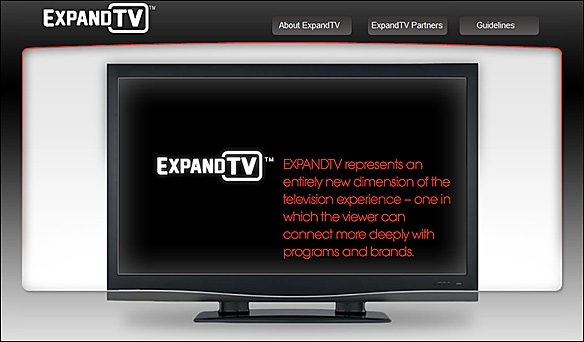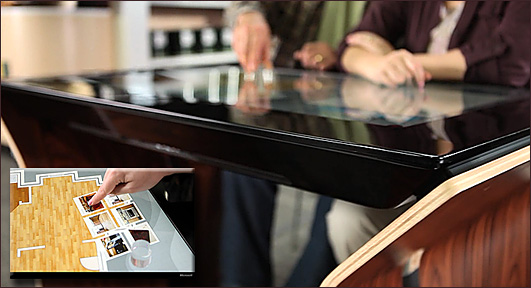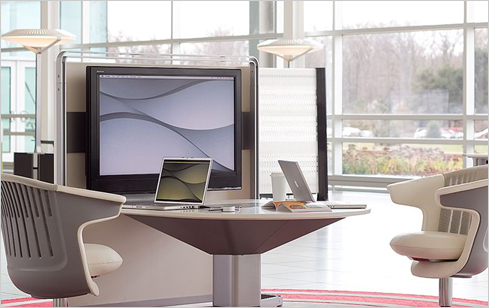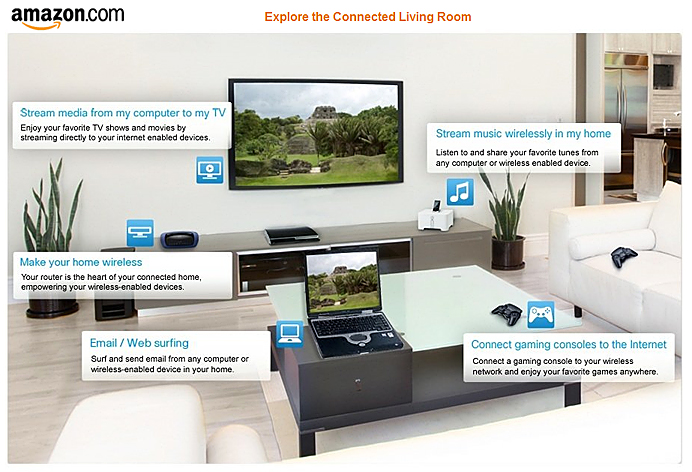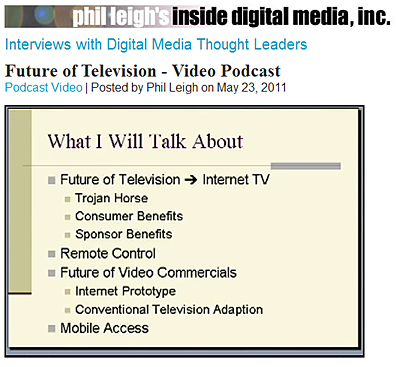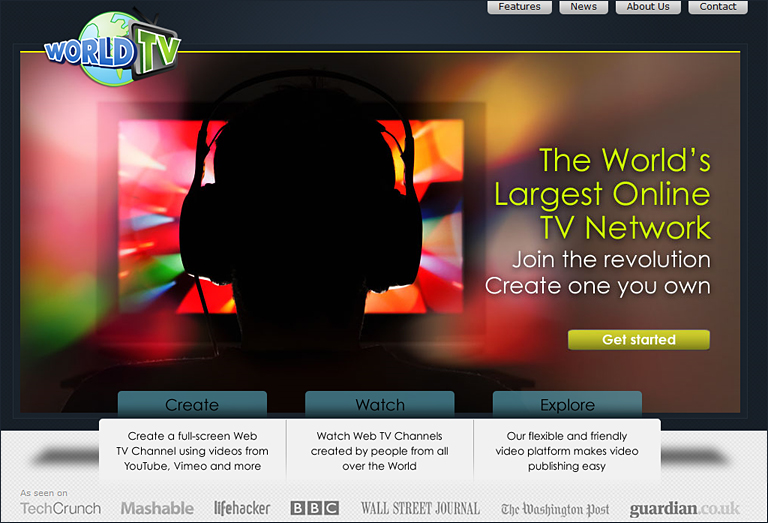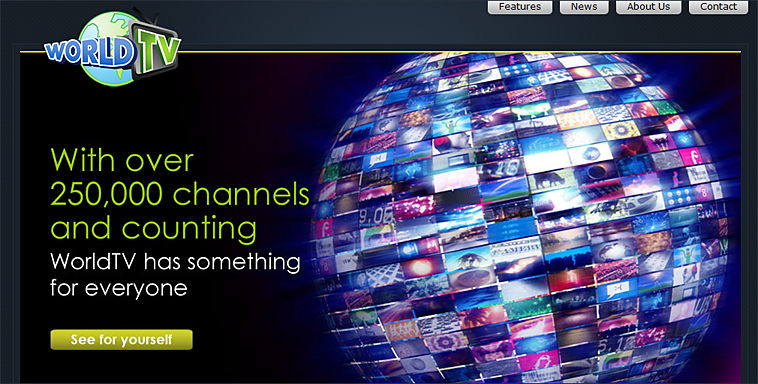Excerpts (emphasis DSC):
What is interactive TV?
Interactive TV is technology that allows viewers to interact directly with content and brands through use of their TV remote control to request product samples, discounts and information, express opinions, engage in polling and trivia, and more. In a study, 82% of viewers said they would like to be exposed to additional interactive television advertising. (The Efficacy of Advanced Advertising and In-Program Interactivity, Canoe Ventures, 2010)
Also see Canoe Ventures (New York, NY):
The Next Great Digital Medium
Canoe VenturesTM is changing television. We’re creating innovative products and services for networks to enhance programming and empower viewers to interact with their TVs.
We are accelerating TV’s evolution by combining the impact and reach of traditional TV with new technologies and marketing solutions that will better connect consumers with brands.
Founded in 2008 by the country’s leading cable operators, Canoe is making TV the next great digital medium.
Addendum from later on 6/27/11:
- Apple expected to build 50-inch connected TVs — from rapidtvnews.com
- Connected TV set for huge growth — from rapidtvnews.com
- Online video to break billion user barrier in five years — from rapidtvnews.com
- icueTV – More Interactive TV features! — from newtechnologytv.com









